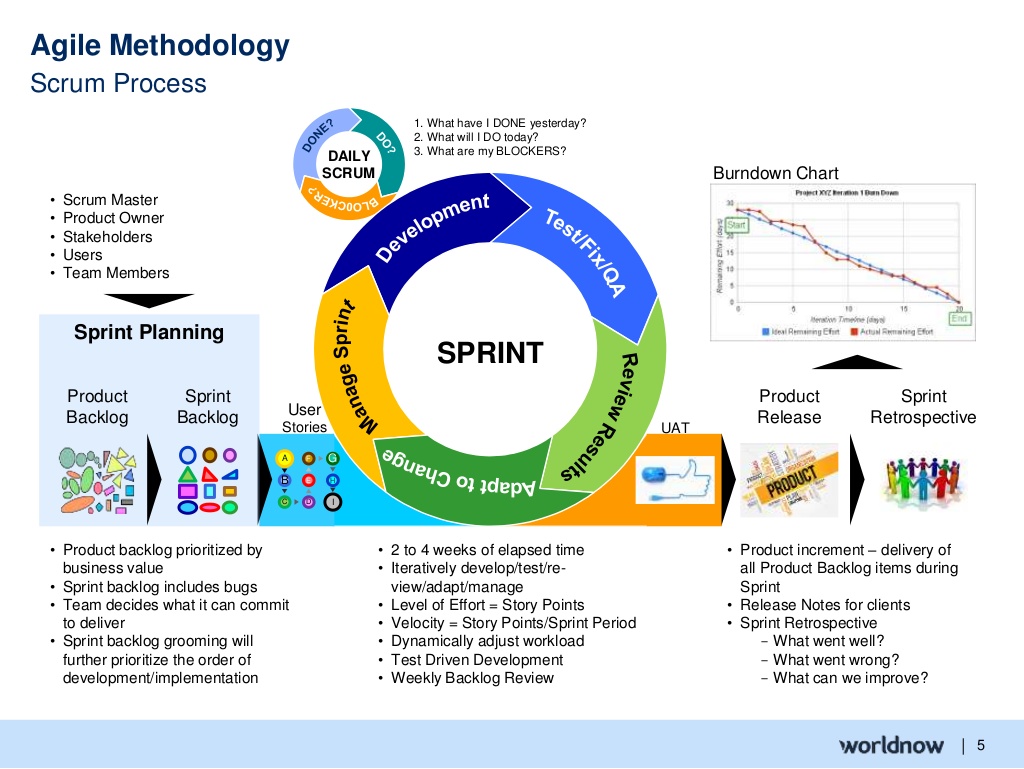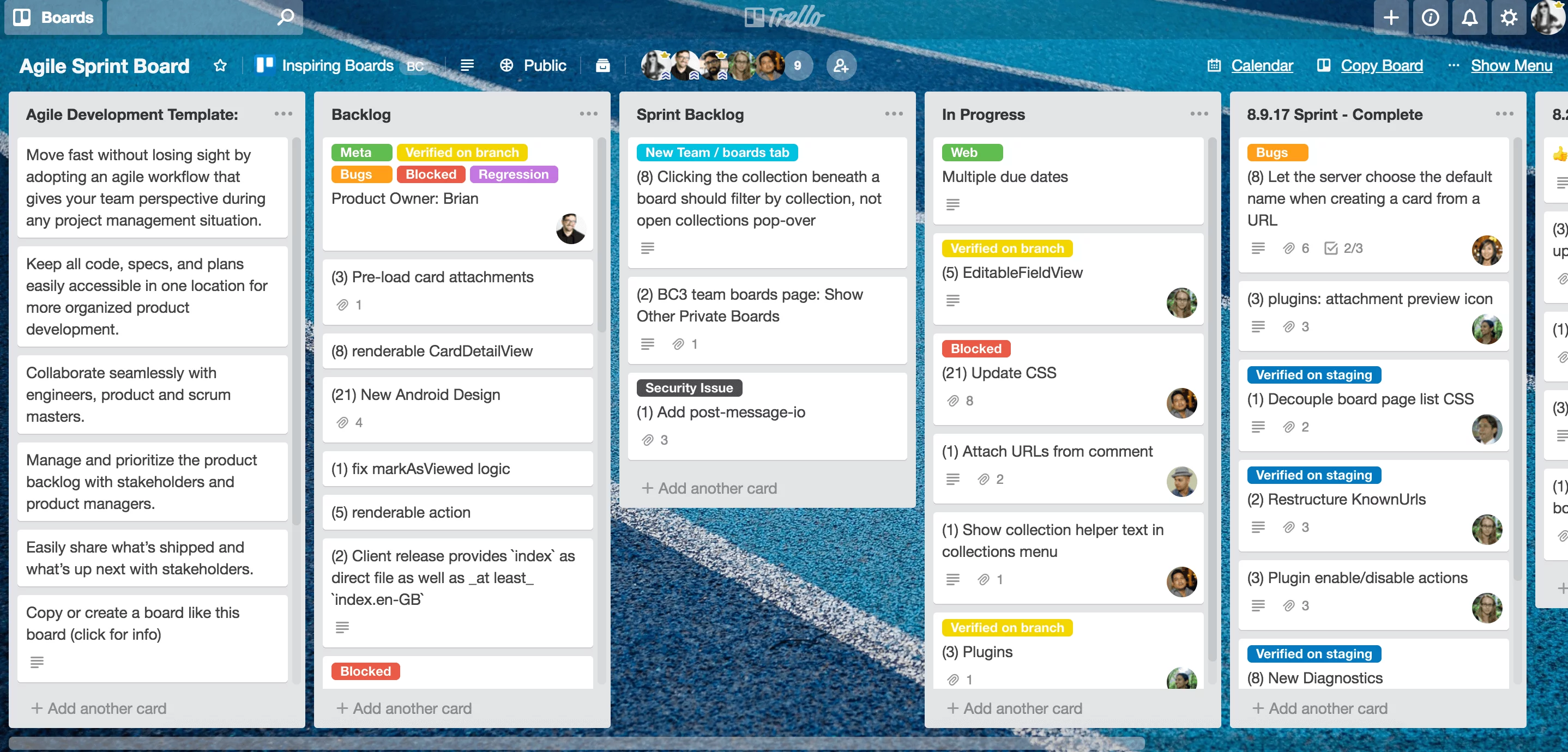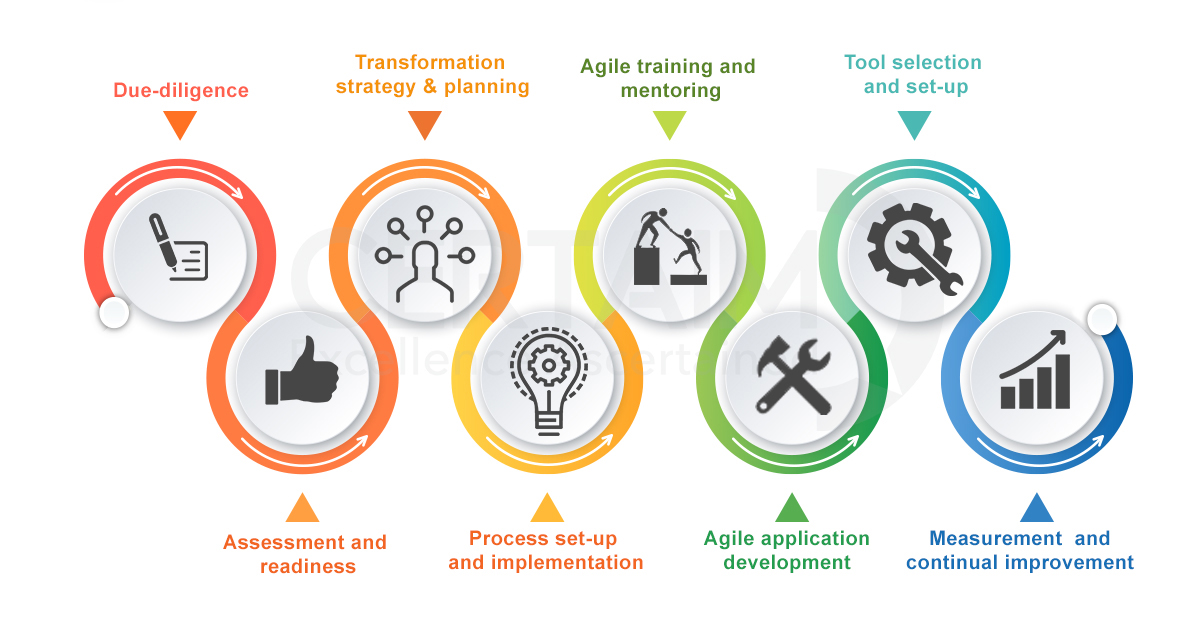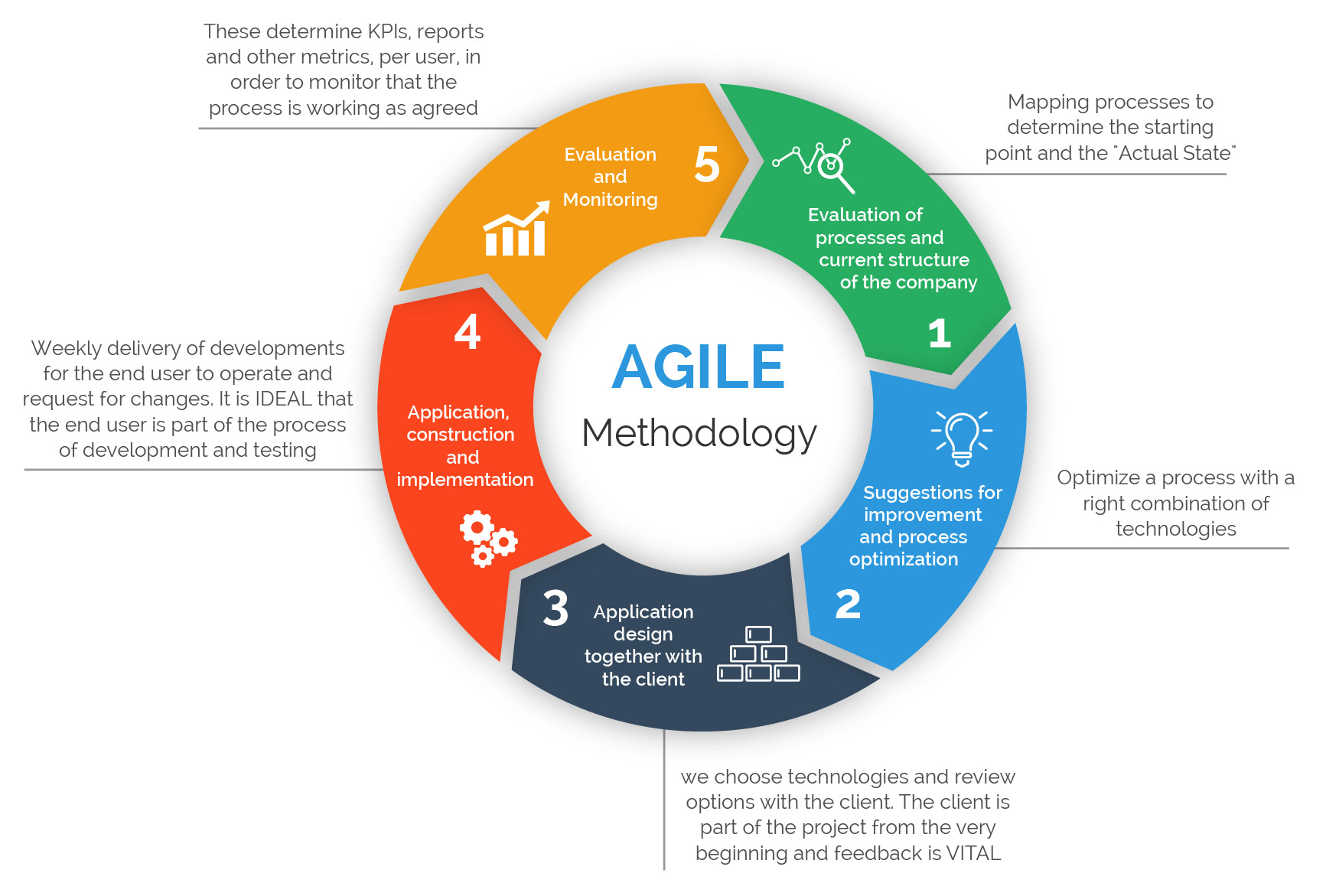Agile Environment Presentation
| Introduction to Agile Environment | ||
|---|---|---|
| Agile Environment refers to a collaborative and flexible approach to project management. It emphasizes adaptive planning, evolutionary development, early delivery, and continuous improvement. Agile methodologies promote teamwork, customer collaboration, and the ability to respond quickly to changes. | ||
| 1 | ||
| Benefits of Agile Environment | ||
|---|---|---|
| Agile allows for faster delivery of high-quality products or services. It promotes customer satisfaction by prioritizing their needs and incorporating their feedback. Agile teams enjoy improved communication, transparency, and increased employee engagement. | ||
| 2 | ||
| Key Principles of Agile Environment | ||
|---|---|---|
| Customer satisfaction is the highest priority in Agile, achieved through continuous delivery of valuable software or solutions. Embracing change is vital to Agile success, as requirements and priorities evolve throughout the project. Collaboration between cross-functional teams and stakeholders ensures effective communication and problem-solving. | ||
| 3 | ||
| Agile Methodologies | ||
|---|---|---|
| Scrum is the most widely used Agile framework, with iterations called "sprints" and daily stand-up meetings for progress updates. Kanban focuses on visualizing workflow, limiting work in progress, and optimizing efficiency. Lean Agile incorporates Lean principles to eliminate waste and increase productivity. | ||
| 4 | ||
| Agile Roles and Responsibilities | ||
|---|---|---|
| Product Owner: Represents the customer or stakeholders and prioritizes backlog items. Scrum Master: Facilitates the Scrum process, removes obstacles, and ensures the team adheres to Agile principles. Development Team: Self-organizing and cross-functional team responsible for delivering the product. | ||
| 5 | ||
| Agile Practices and Techniques | ||
|---|---|---|
| User Stories: Describes specific user requirements in a simple, concise format. Sprint Planning: Defines the work for the upcoming sprint and sets achievable goals. Retrospectives: Regularly scheduled meetings to reflect on the team's performance and identify areas for improvement. | ||
| 6 | ||
| Agile Tools | ||
|---|---|---|
| Agile Project Management Software: Tools like Jira, Trello, and Asana help teams manage tasks, track progress, and collaborate effectively. Agile Boards: Visual representation of work items and their status, allowing teams to prioritize, assign, and track tasks easily. Burndown Charts: Graphical representation of remaining work over time, enabling teams to monitor progress and adjust accordingly. | ||
| 7 | ||
| Challenges in Agile Environment | ||
|---|---|---|
| Resistance to change: Some team members or stakeholders may resist the shift to Agile due to unfamiliarity or fear of loss of control. Lack of expertise: Agile requires a different skill set, and teams may struggle without proper training or guidance. Unrealistic expectations: Agile does not guarantee immediate success, and setting unrealistic goals can lead to disappointment. | ||
| 8 | ||
| Tips for Successful Agile Implementation | ||
|---|---|---|
| Start small: Begin with a pilot project to understand Agile principles and build confidence within the team. Foster a culture of collaboration: Encourage open communication, trust, and shared responsibility among team members. Continuously learn and improve: Regularly assess team performance, embrace feedback, and adapt Agile practices to suit your organization's needs. | ||
| 9 | ||
| Conclusion | ||
|---|---|---|
| Agile Environment offers numerous benefits, including faster delivery, increased customer satisfaction, and improved team collaboration. By adopting Agile methodologies, organizations can respond quickly to changes, deliver high-quality products, and stay competitive in today's dynamic business landscape. Your third bullet | ||
| 10 | ||
| References (download PPTX file for details) | ||
|---|---|---|
| Agile Alliance. (2021). Agile Principles. Ret... Sutherland, J. (2021). Scrum. Retrieved from ... Kanbanize. (2021). What is Kanban? Retrieved ... |  | |
| 11 | ||









